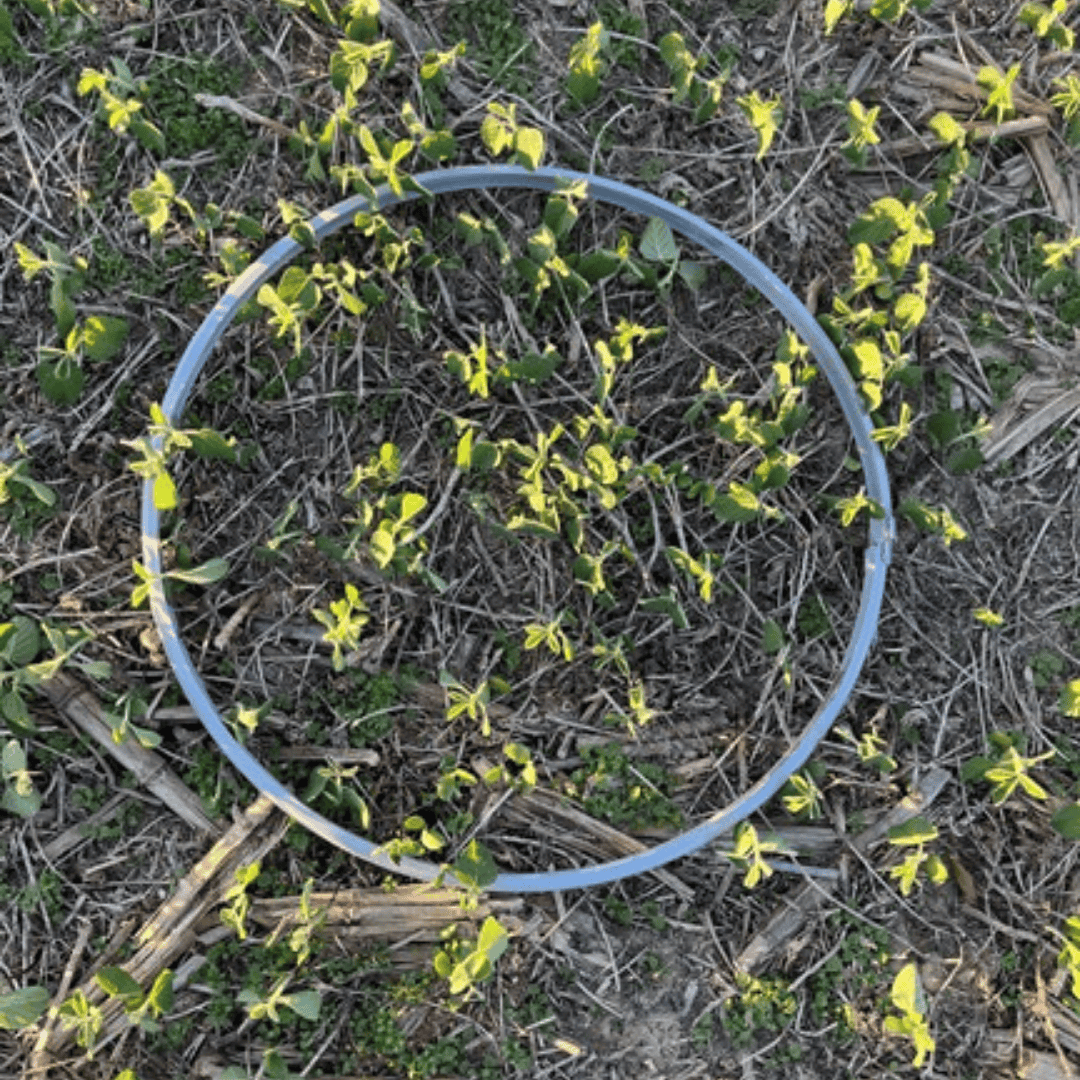Look Beyond Soybean Moisture Content in Harvest Loss
Soybean harvest has wrapped up and now is a good time to learn postmortem reflecting on the season. Back in September, Purdue soybean specialist Shaun Casteel, had an excellent release related to the importance of timely soybean harvest to save bushels. Green soybean stem syndrome (search University Minnesota soybean green stem syndrome) seemed to be widely noted despite grain moisture already being at 13 percent or lower. This was a tricky fall in many instances getting started timely as plant appearance caused harvest delay. Casteel focused on the fact that for every 10 bushels of soybean produced in the field, there is a 0.11-bushel loss factor for every 10 bushels AND every percent moisture under the desired 13 percent storage moisture. For example, a field yielding 70 bushel per acre harvested at 10 percent moisture would lose 2.3 bushels per acre. Casteel states realistically “we sell soybeans on 60-lb nuggets and not truly bushels as volume. These 60-lb units that we affectionately call bushels are taken at 13% moisture, but they are equally taken at 10% moisture.” The water weight that is lost at the 10 percent moisture relative to 13 percent moisture content is a real loss to the farmer. Casteel makes a good point that these losses do not account for additional harvest losses at the combine with pod shatter.
Let’s take a look at these harvest losses at the combine from pod shatter and other factors. From the road this fall, fields appeared very green throughout much of October and November. A very early, light freeze back on October 17 burned these sprouted harvest loss soybean plants, while continued warm weather saw many fields green back up a week later as the plants continued to grow. So how much loss occurred in these green fields? What is acceptable?
Casteel and many other Extension publications suggest that a three percent or less harvest loss is acceptable. Above that level, there is likely opportunity for improvement. Harvest speed, sieve settings, and/or high fan speeds can result in losing crop out of the spreader while the remarkably rapid dry down of crops in 2024 along with wet dry cycles that can include heavy dews/fog can contribute to header loss. What does this look like in the field? Counting seed, or even later-germinated seed as plants, using a ring or square of known area is very useful data. A square foot object is the easiest for calculation. The pictures for this article were taken using a ring that was 2.76 square feet.
With medium-sized or slightly smaller seed, in 2024, five plants per square foot would account for one bushel of loss. With a 70 bushel per acre field average, that would allow a tolerance of roughly 2.1 bushels per acreage harvest loss or roughly 10 seeds or sprouted plants per square foot. From the road, a field can have a rather green appearance and still be within the acceptable range for harvest loss. Areas just inside the field from end rows seemed higher in many fields as likely pod shatter occurred from end rows being opened up as the spreader pushed out stover, besides additional hopper unloading area loss in some situations. Harvest loss can vary widely within the same field based on conditions as well. If you had high levels of harvest loss, give consideration to what you believed was the cause and set out to tighten up the losses.

You may contact Mark Evans, Plant & Soil Science Extension Educator at the Elkhart County Purdue Extension Office by calling 574-533-0554 or by email at mevans@purdue.edu for more information or to receive publication copies regarding this week’s column topic. It is always best to call first to assure items are ready when you arrive and to RSVP for programs. While most publications are free, others may have a fee.